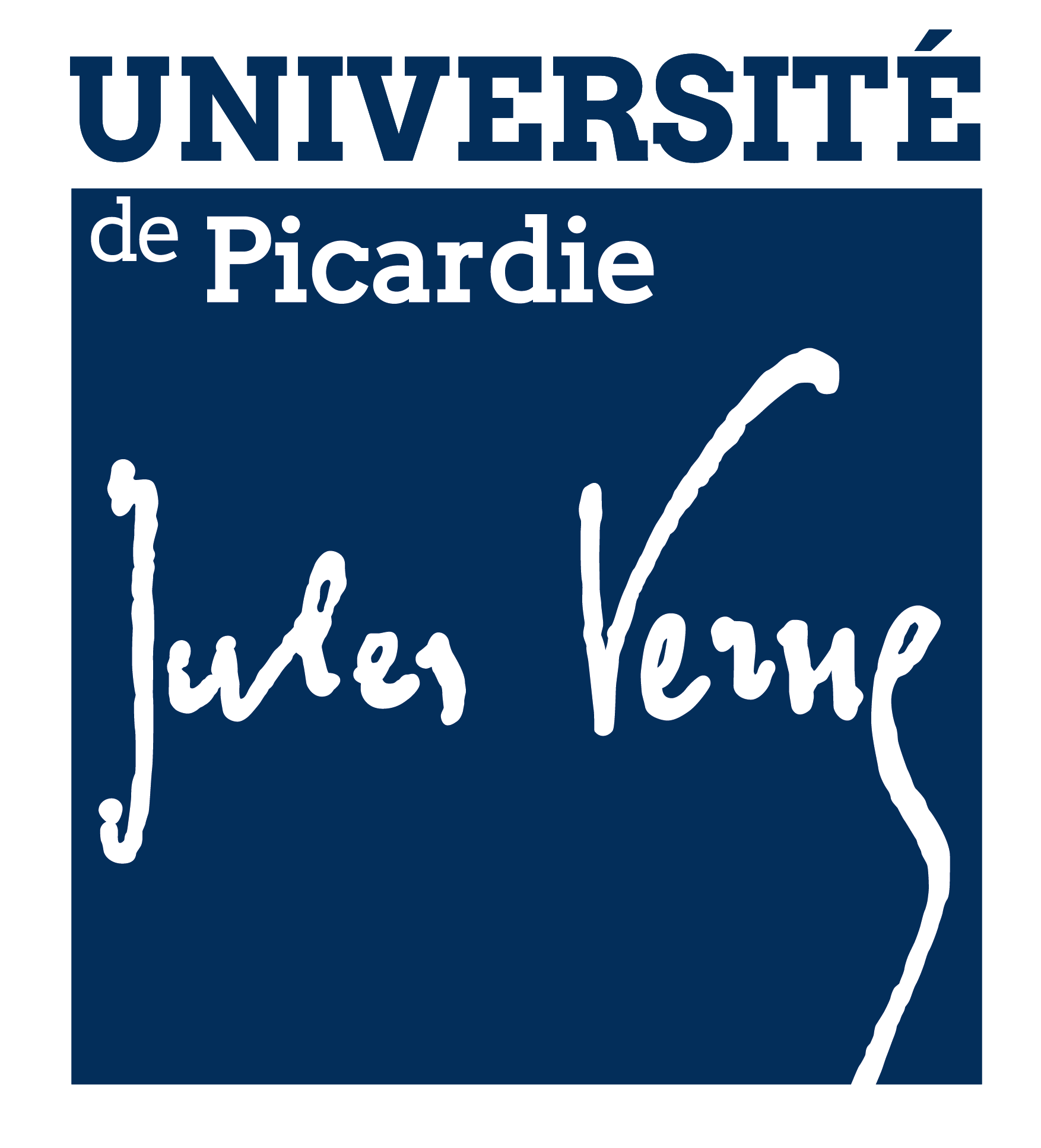Real-life experience with CPX-351 and impact on the outcome of high-risk AML patients: a multicentric French cohort
Edmond Chiche
(1, 2)
,
Ramy Rahme
(3)
,
Sarah Bertoli
(4, 5)
,
Pierre-Yves Dumas
(6)
,
Jean-Baptiste Micol
(7, 8, 9)
,
Yosr Hicheri
(10)
,
Florence Pasquier
(7, 8)
,
Pierre Peterlin
(11)
,
Patrice Chevallier
(11)
,
Xavier Thomas
(12)
,
Michael Loschi
(2, 13)
,
Alexis Genthon
(14)
,
Ollivier Legrand
(14, 15)
,
Mohamad Mohty
(15, 14)
,
Emmanuel Raffoux
(3)
,
Patrick Auberger
(13)
,
Alexis Caulier
(16)
,
Magalie Joris
(16)
,
Caroline Bonmati
(17)
,
Gabrielle Roth-Guepin
(17)
,
Caroline Lejeune
(18)
,
Arnaud Pigneux
(6)
,
Norbert Vey
(10)
,
Christian Recher
(4, 5)
,
Lionel Ades
(3, 19)
,
Thomas Cluzeau
(13, 2)
1
UCA Faculté Médecine -
Université Côte d'Azur - Faculté de Médecine
2 CHU Nice - Centre Hospitalier Universitaire de Nice
3 AP-HP - Hopital Saint-Louis [AP-HP]
4 IUCT Oncopole - UMR 1037 - Institut Universitaire du Cancer de Toulouse - Oncopole
5 CHU Toulouse - Centre Hospitalier Universitaire de Toulouse
6 CHU Bordeaux
7 IGR - Institut Gustave Roussy
8 Université Paris-Saclay
9 Département d'hématologie [Gustave Roussy]
10 IPC - Institut Paoli-Calmettes
11 CHU Nantes - Centre Hospitalier Universitaire de Nantes
12 CHLS - Centre Hospitalier Lyon Sud [CHU - HCL]
13 C3M - Centre méditerranéen de médecine moléculaire
14 CHU Saint-Antoine [AP-HP]
15 CRSA - Centre de Recherche Saint-Antoine
16 CHU Amiens-Picardie
17 CHRU Nancy - Centre Hospitalier Régional Universitaire de Nancy
18 Institut de Cancérologie Lucien Neuwirth
19 UPCité - Université Paris Cité
2 CHU Nice - Centre Hospitalier Universitaire de Nice
3 AP-HP - Hopital Saint-Louis [AP-HP]
4 IUCT Oncopole - UMR 1037 - Institut Universitaire du Cancer de Toulouse - Oncopole
5 CHU Toulouse - Centre Hospitalier Universitaire de Toulouse
6 CHU Bordeaux
7 IGR - Institut Gustave Roussy
8 Université Paris-Saclay
9 Département d'hématologie [Gustave Roussy]
10 IPC - Institut Paoli-Calmettes
11 CHU Nantes - Centre Hospitalier Universitaire de Nantes
12 CHLS - Centre Hospitalier Lyon Sud [CHU - HCL]
13 C3M - Centre méditerranéen de médecine moléculaire
14 CHU Saint-Antoine [AP-HP]
15 CRSA - Centre de Recherche Saint-Antoine
16 CHU Amiens-Picardie
17 CHRU Nancy - Centre Hospitalier Régional Universitaire de Nancy
18 Institut de Cancérologie Lucien Neuwirth
19 UPCité - Université Paris Cité
Sarah Bertoli
- Fonction : Auteur
- PersonId : 1065139
- ORCID : 0000-0003-1084-2781
Pierre Peterlin
- Fonction : Auteur
- PersonId : 776625
- ORCID : 0000-0001-5463-6686
Patrice Chevallier
- Fonction : Auteur
- PersonId : 762210
- ORCID : 0000-0003-3142-5581
Mohamad Mohty
- Fonction : Auteur
- PersonId : 761875
- ORCID : 0000-0002-7264-808X
- IdRef : 076744094
Norbert Vey
- Fonction : Auteur
- PersonId : 762211
- ORCID : 0000-0001-7027-040X
Christian Recher
- Fonction : Auteur
- PersonId : 975639
- ORCID : 0000-0002-3332-4525
- IdRef : 134542487
Lionel Ades
- Fonction : Auteur
- PersonId : 762488
- ORCID : 0000-0002-9020-8766
- IdRef : 060593512
Thomas Cluzeau
- Fonction : Auteur
- PersonId : 1275422
- ORCID : 0000-0002-6745-1127
- IdRef : 153060549
Résumé
CPX-351 is a liposomal formulation of cytarabine and daunorubicin approved for the treatment of adults with newly diagnosed, therapy-related acute myeloid leukemia (t-AML) or AML with myelodysplasia-related changes (MRC-AML). We retrospectively analyzed the efficacy and safety of CPX-351 in a real-world setting in 103 patients from 12 French centers, including the evaluation of molecular abnormalities at baseline and minimal residual disease (MRD) in responding patients, compared with a historical data set from Bordeaux-Toulouse DATAML registry. A favorable safety profile was observed, with a low frequency of alopecia (11%) and gastrointestinal toxicity (50%). The overall response rate after induction was 59%, and MRD,1023 was achieved in 57% of complete response (CR)/CR with incomplete hematological recovery (CRi) patients. Only the presence of mutated TP53 (P = .02) or PTPN11 (P = .004) predicted lower response in multivariate analysis. Interestingly, high-risk molecular prognosis subgroups defined by 2017 European LeukemiaNet risk stratification, including ASXL1 and RUNX1 mutations, were not associated with a significantly lower response rate using CPX-351. With amedian follow-up of 8.6 months, median overall survival (OS) was 16.1 months. Thirty-six patients underwent allogeneic stem cell transplantation with a significantly longer median OS compared with nontransplanted patients (P<.001). In multivariate analyses, only spliceosome mutations were associated with better OS (P=.04). In comparison with intensive chemotherapy, there was no difference in OS for patients,60 years. These data confirm the efficacy and safety of CPX-351 in high-risk AML(t-AML and MRC-AML) in a real-life setting. CPX-351 is a treatment of choice for patients aged >60 years.
